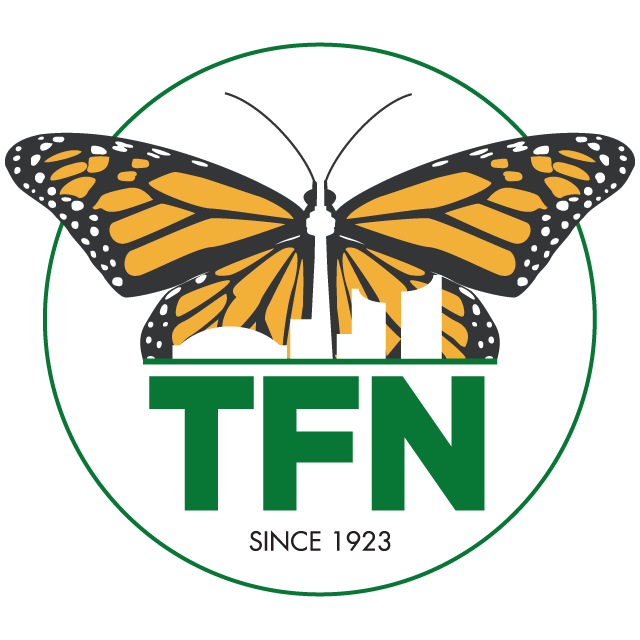A lot of us have been out poking around in ravines, looking for spring flowers–the trilliums are up!!–or tree buds in all their lovely variety. A creature that has been buried in mud all winter and is out braving the cold, way earlier than a lot of other cold-blooded creatures is the Red-backed Salamander. What is a salamander doing far away from water in a Toronto ravine? Red-backs are amphibians, i.e., cousins of frogs. We would expect them to lay eggs in water, have a larval stage that breathes through gills in the water and then an adult stage that breathes through lungs and runs around on land. But Red-backed Salamanders defy all the rules.
First they don’t need a pond or creek to lay their eggs. Red-backed females mate in the fall, and choose a territory, which they fiercely defend.Within that territory, they will find a cavity underground, under a log, where they will ‘lay’ their eggs. Except they don’t lay their eggs. They suspend them from the ceiling of that little cavity. The egg grows as the larva inside grows — it becomes like a little pond the larva is in, breathing through gills. When the babies are born, the female protects them from predators and helps keep them moist. These babies will grow up–but they will never develop lungs. Red-backs breathe through their skin!
Salamanders are voracious eaters–they can eat up to ten invertebrates–insects, spiders, worms, crustaceans–a day. In a forest where there are a lot of Red-backed salamanders, the leaf litter lasts longer. Leaves do not get broken down decay as fast, turning back into CO2. The soil sequesters more carbon in the form of dead leaves a lot longer!! Some people are re-introducing Red-backs to forests, because it is believed they can help us in the fight against Climate change. Could even a city gardener like myself fight Climate change with salamanders?

